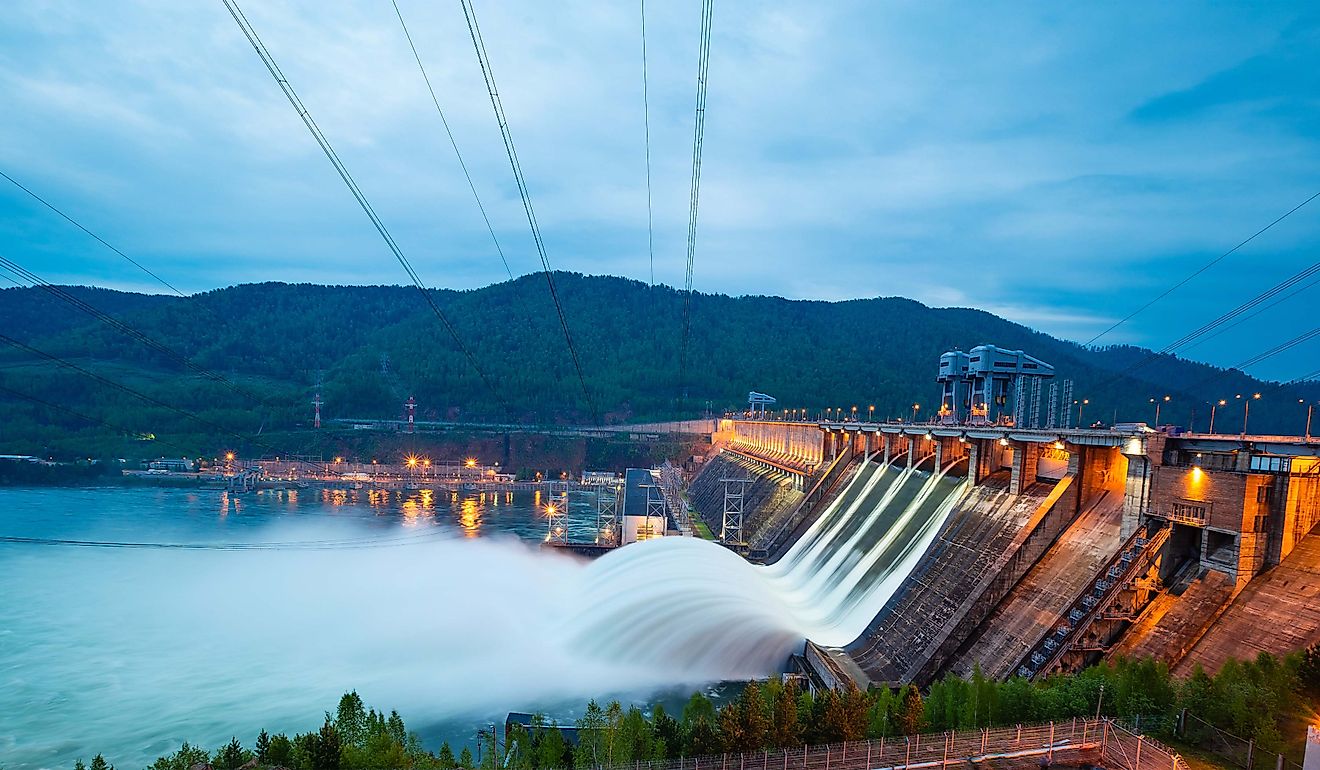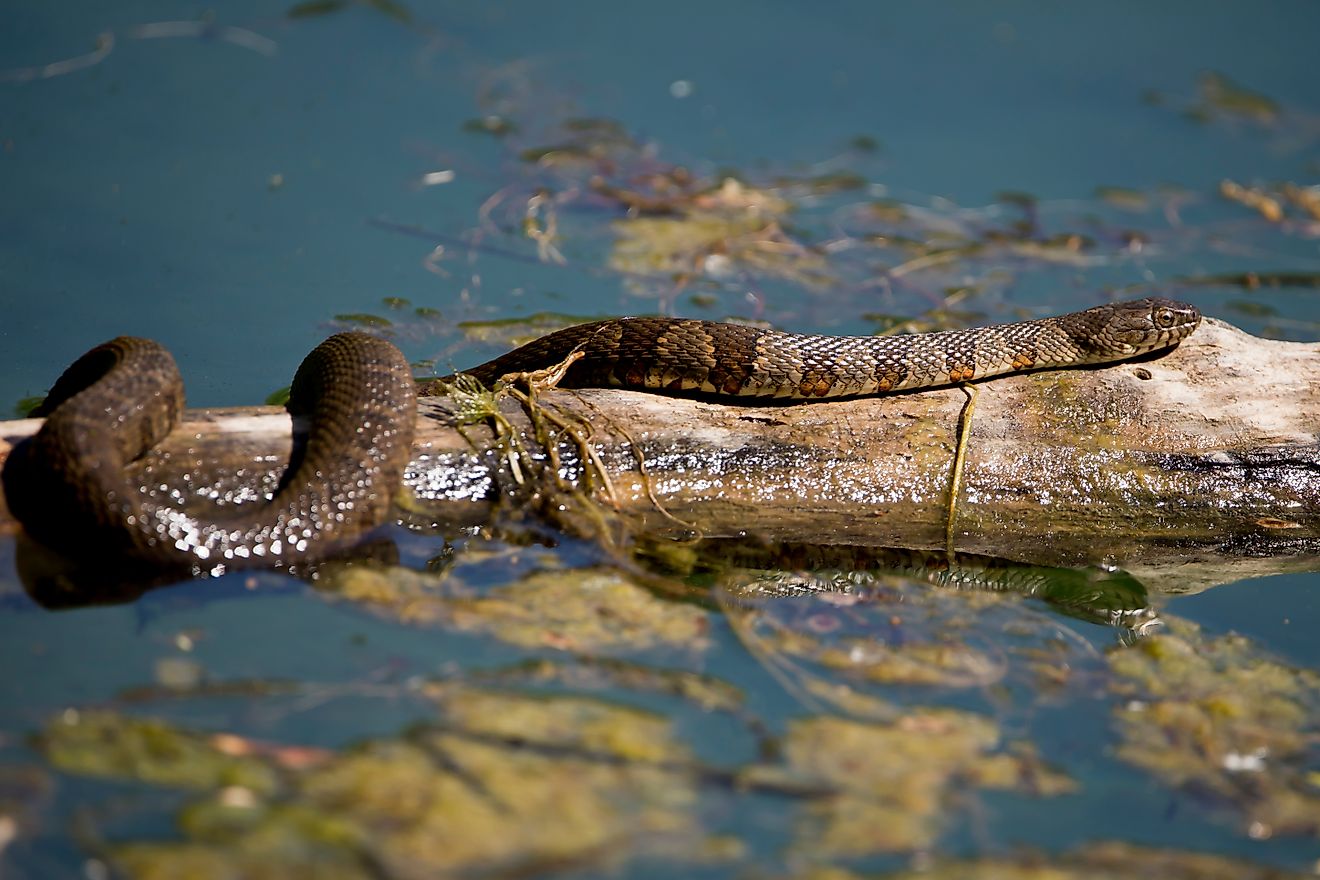
Nelson River, Canada
From the Mackenzie River in the Northwest Territories to the Saint Lawrence River, Canada has a network of over 8,000 rivers and seasonal streams. Some of these rivers like the Columbia and Red Rivers, extend into the neighboring country, the US. The Nelson River is Canada’s 4th longest river and the second-longest river flowing entirely within the country, after the Mackenzie River. It flows for about 2,575 kilometers from its source in Lake Winnipeg to its mouth in the Hudson Bay. Although the Nelson River flows entirely within Canada, its drainage basin extends into the US. It discharges approximately 2,370 cubic meters of water per second.
River Course

The Nelson River is one of the major rivers of Northern America. It flows for about 644 kilometers, from the source to the mouth, and is joined by the North and South Saskatchewan and Bow Rivers, extending its length to 2,575 kilometers. Its drainage basin is approximately 1.1 million square kilometers, of which 16% (180,000 sq. km) is in the US.
Lake Winnipeg is the source of the Nelson River. Three major rivers, Saskatchewan, Red, and Winnipeg Rivers, empty into the lake. The vast Saskatchewan River System flows for about 550 kilometers into Lake Winnipeg through the North and South tributaries. The Red River also flows for about 885 kilometers from its sources (confluence of Otter Tail and Bois de Sioux Rivers) before emptying into Lake Winnipeg. The Winnipeg River also empties into Lake Winnipeg after flowing 235 kilometers from Lake Woods in Ontario.

The Nelson River begins from Lake Winnipeg and flows briefly southeast into Playgreen Lake, from where it flows northeast and spills into several lakes, spilling into several other lakes. It flows into the Cross Lake through two channels. The east channel flows from Playgreen Lake’s southeast section through Pipestone Lake into the Cross Lake. The west channel flows from Playgreen’s northern end and is joined by the waters from the Kiskitto and Kiskittogisu Lakes and end into the Cross Lake. From Cross Lake, the Nelson River spills into Sipiwek, Split, and Stevens and finally flows into the Hudson Bay near Port Nelson. The Nelson River’s other tributaries are Burntwood and Grass Rivers. The Grass River passes through several lakes before joining the Nelson River at Kelsey, while the Burntwood Rivers joins Nelson at Split Lake.
Brief History

The Nelson River was discovered by Sir Thomas Button, who spent the 1612 winter at its mouth. Sir Thomas, a Welsh explorer, name the river in honor of Robert Nelson, a ship captain who died on the river. However, the natives who lived along the river bank referred to it as “Powinigow,” meaning “Rapid Stranger.” The river’s entrance was a scene for bitter conflicts over the fur trade. However, the river was an important trade route, leading to Fort Nelson and York Factory (located between the Hayes and Nelson Rivers) establishment.
Use

Although Port Nelson is now a ghost town, the Nelson River still plays a significant role in promoting Manitoba and Canada’s economy. The river is an important source of hydroelectricity due to its huge water volume. Some of the largest developments along the river include Long Spruce (980 MW), Kettle Rapids (1,270 MW), and Kelsey (225 MW). However, the river’s damming has led to frequent floods, causing significant damages.











